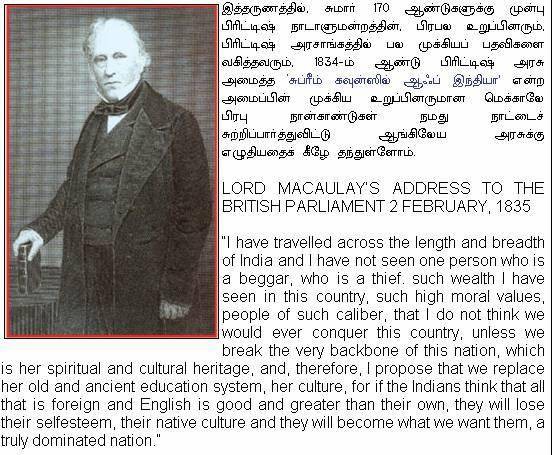Did you know ?
Hindi is the 2nd most used language in the World after Chinese Mandarin. Yet in its own country India, it is given a second status after a language called English!!
The total amount of Indian black money stashed away in Swiss Banks is 1.5 trillion USD which is more than 75 lac crore or 7,50,00,00,00,00,000 INR!! This amount is much more than twice the amount of black money of all other countries in the world!!...
Pre-Budget surveys indicate that in India 80 crore people or nearly 3/4th of the whole population has a capacity to spend only Rs. 20 (or half a dollar) a day!! Note : India is the 2nd fastest growing economy of the world after China....
Even after 62 years of independance the constitution of Free India contains 35,734 Acts which were enacted in the British rule for exploitation of Indians!!
If you stop consuming Pepsi-Coca Cola then atleast 30,00,000 poor people will directly get employed as fruit juice sellers, where each would generate a daily revenue of Rs. 2500 !!. This will save the health and wealth of the nation.
KEY POINTS:
1. Total foreign loan on India = 40 lakh crore. This is since independance.
2. All countries that give loan to India impose 2 important restrictions.
A) Reduce the value of Indian Currency.
B) All companies from loan giving countries to have free access to markets in India.
3. In total there are 5000 foreign companies operating in India which take out Rs. 3 lakh crore from the country every year.
4. India also has to pay the interest of the loan it has taken which is also nearly Rs. 3 lakh crore. So a total of Rs. 6 lakh crore moves out of the country.
5. On every bottle of Pepsi which is sold at Rs. 10 , Pepsi earns a profit of Rs. 8 which goes straight to USA.
6. Pepsi/Coca Cola and Harpic toilet cleaner have same base ingredient that is Phosphoric acid. Both have equal concentration of acid and ph value 2.4.
13. Every year toothpaste of Rs. 20 thousand crore is being sold in India by these foreign companies. Toothpaste is being sold at Rs. 300 per kilo which is same as the price of Kaju and Badam. Toothpaste is made of Dicalcium phosphate which costs Rs. 1 per kilo and is made from Dead Animals.
14. There are 36000 slaughter houses, where 10 crore animals are killed every year. Meat is consumed or exported and the bones are used by Toothpaste companies to make the toothpaste.
for more information please visit.













